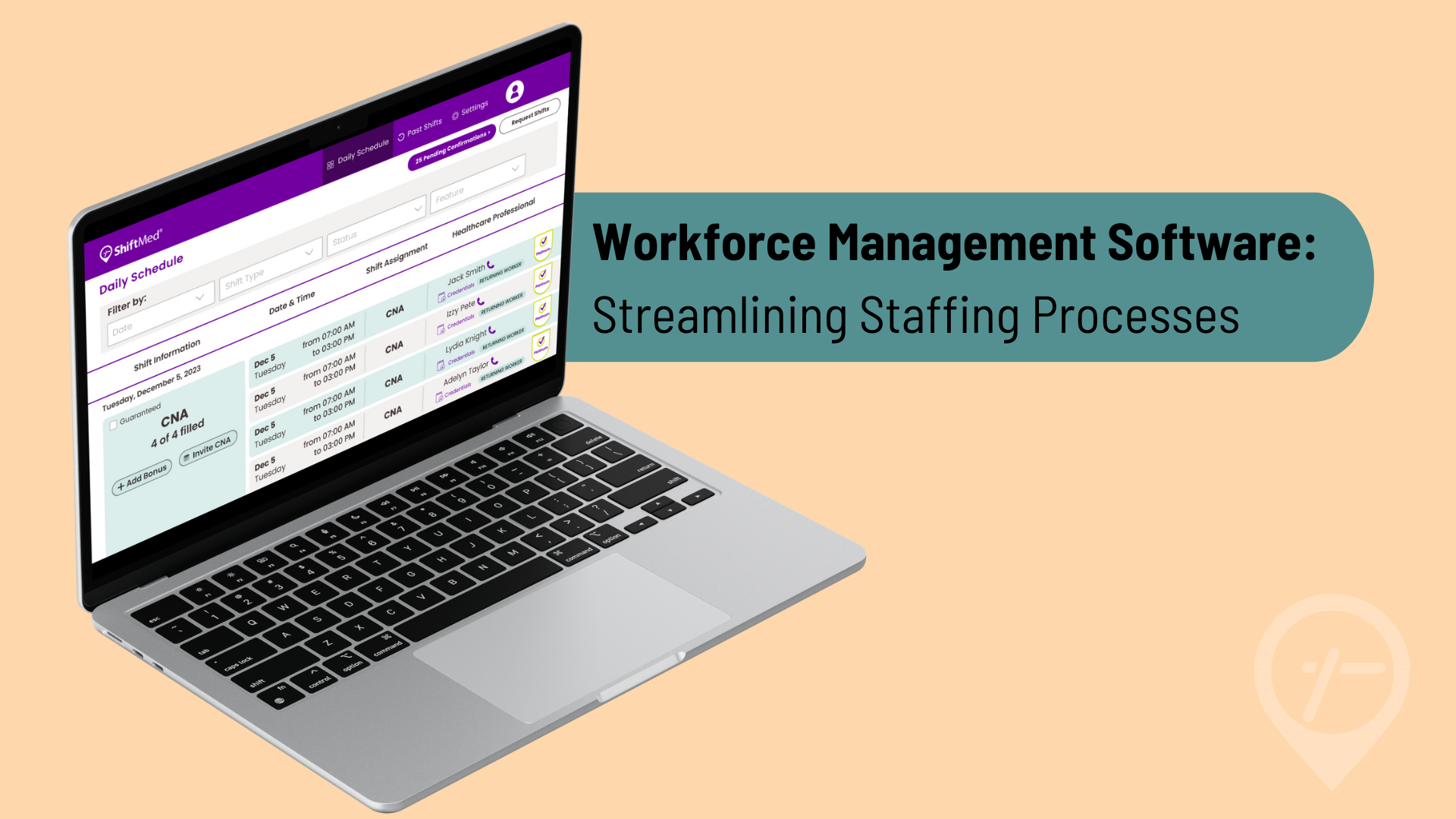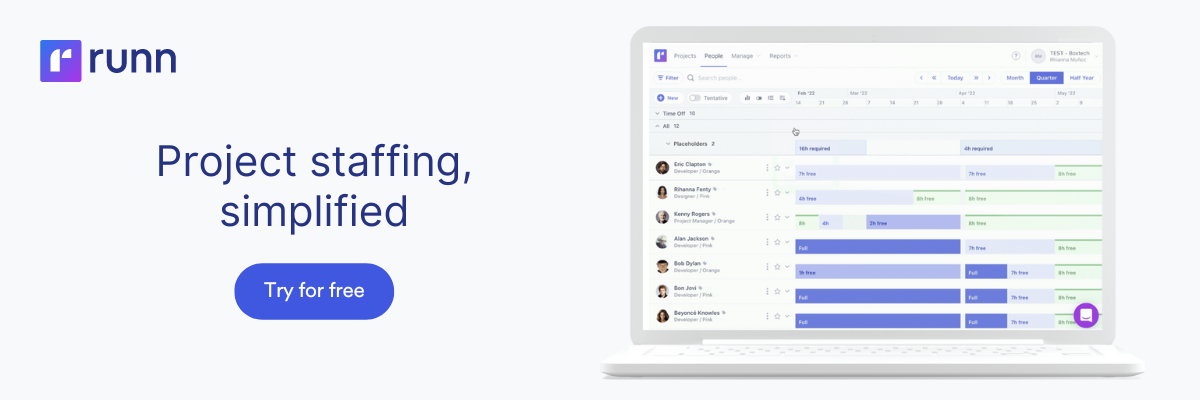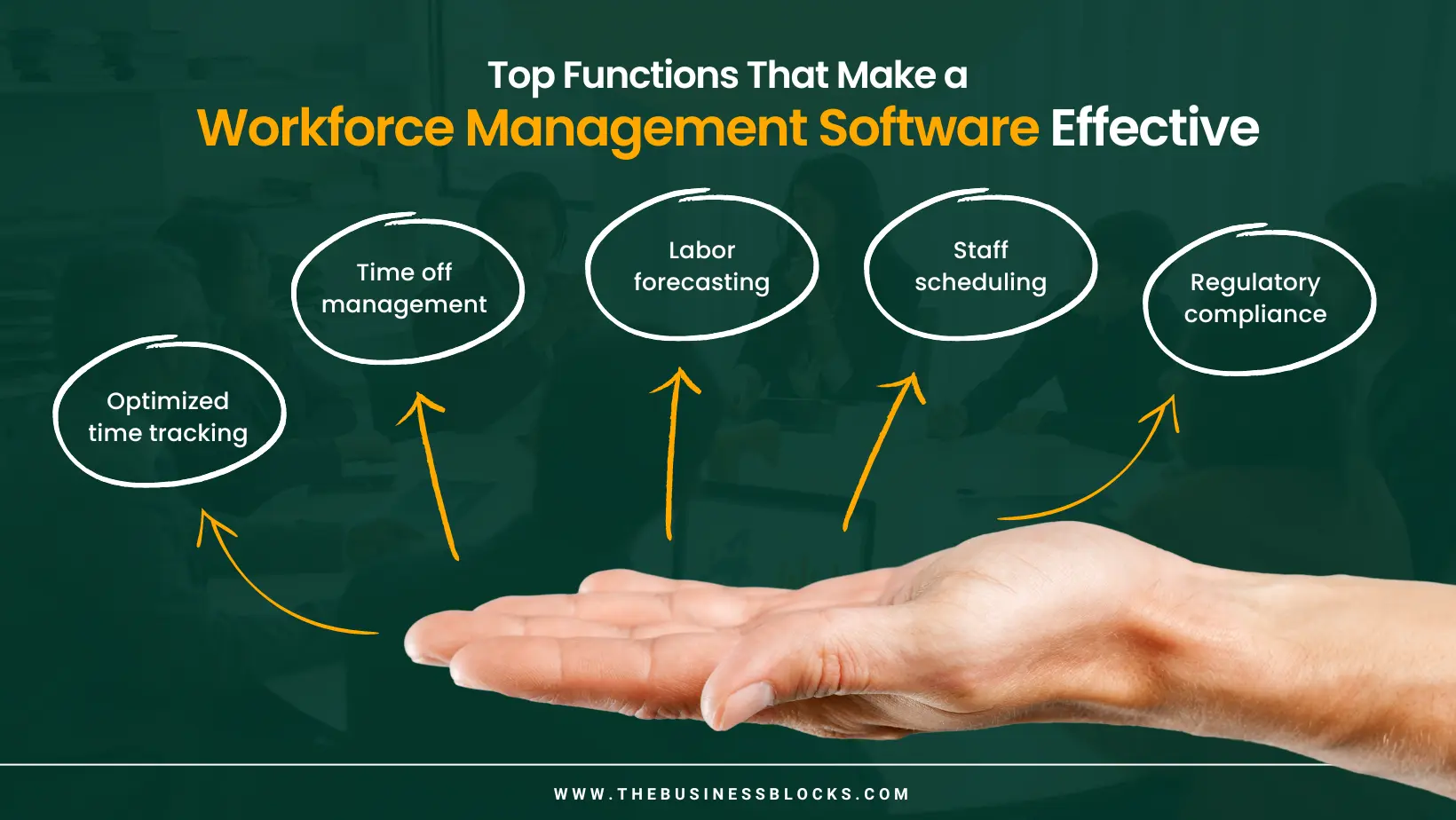Efficient Staffing Management Software Solutions for Modern Services
Efficient Staffing Management Software Solutions for Modern Services
Blog Article
Letting Loose the Power of Information: Enhancing Human Resources Strategies With Cutting-Edge Staffing Management Software
In the rapidly developing landscape of personnels, the usage of data has become a pivotal force in forming business success. As firms aim to stay competitive and nimble, the assimilation of sophisticated staffing monitoring software program sticks out as a transformative tool in enhancing human resources processes. By utilizing the power of data analytics, companies can not only enhance their recruitment approaches but additionally maximize staff member retention and productivity. The synergy in between data-driven understandings and advanced modern technology offers a compelling opportunity for human resources experts to transform their approach in the direction of skill management.
Value of Data-Driven HR Approaches
Why have data-driven HR approaches end up being essential in contemporary business operations? In today's busy and competitive company setting, organizations are progressively relying upon data-driven insights to make enlightened decisions. Data-driven human resources approaches enable business to maximize their workforce administration, employment procedures, and employee interaction campaigns. By analyzing data associated to staff member performance, turnover rates, and skill voids, human resources departments can identify patterns, anticipate future demands, and create proactive services to attend to obstacles.
Data-driven human resources methods likewise play a critical duty in boosting staff member contentment and retention. Via the evaluation of worker comments, performance reviews, and training end results, human resources specialists can tailor individual development strategies, identify high-potential workers, and promote a culture of continual understanding and development within the organization. Additionally, data-driven insights make it possible for HR teams to align their approaches with the general business goals, guaranteeing that talent monitoring initiatives directly add to business success.
Advantages of Staffing Monitoring Software Application
Utilizing staffing administration software simplifies the recruitment and onboarding procedures for HR divisions, enhancing performance and accuracy in skill acquisition. One substantial advantage of this software application is the ability to streamline prospect data, making it conveniently accessible for employment groups. By having all applicant info in one place, human resources professionals can successfully track candidate development, connect efficiently with possible hires, and ensure a seamless employment experience.
Moreover, staffing administration software program frequently includes attributes such as return to parsing and keyword phrase matching, which help in swiftly recognizing top candidates that match the task needs. This automation reduces the time spent on hand-operated return to evaluating, allowing HR personnel to concentrate on even more critical tasks. staffing management software. Additionally, these systems can integrate with task boards and social media sites systems, increasing the reach of job postings and attracting a diverse pool of candidates
Additionally, analytics and reporting devices within staffing administration software program give valuable insights right into employment metrics, such as time-to-fill and cost-per-hire. This data-driven approach enables HR groups to make informed choices, maximize employment strategies, and improve overall hiring procedures. By leveraging these benefits, companies can simplify their ability procurement initiatives, boost prospect experience, and eventually develop a strong workforce.
Enhancing Employment Procedures With Information
By leveraging data, firms can make more educated choices throughout the recruitment lifecycle, inevitably leading to much better hires and boosted retention rates. One vital method information improves employment processes is by maximizing job posts based on insights from previous effective hires.
Additionally, data analytics can enhance the testing and choice procedure by identifying patterns in prospect qualifications and efficiency indications. This enables employers to concentrate their efforts on prospects that are probably to do well in the role, saving time and important link sources. Additionally, data-driven recruitment approaches can help in reducing bias in the working with procedure by giving unbiased insights into prospect certifications and possible fit within the company. In general, incorporating information right into recruitment procedures empowers companies to make smarter employing choices and build high-performing teams.
Improving Employee Retention Through Technology

One way innovation can enhance employee retention is via making use of staff member involvement systems. These systems permit real-time comments, recognition, and communication in between staff members and administration, promoting a culture of gratitude and support. In addition, modern technology can allow individualized knowing and development programs customized to specific worker needs and career desires, boosting task complete satisfaction and loyalty.
In addition, information analytics tools can assist organizations determine patterns and patterns associated with employee turn over, enabling them to take aggressive procedures to deal with potential problems before they rise. Generally, by leveraging technology properly, organizations can develop a much more engaging and helpful work atmosphere that urges workers to expand and stay within the firm.
Optimizing Workforce Efficiency With Information

Through the analysis of data, HR divisions can recognize patterns and fads that impact productivity levels. For instance, by tracking worker job hours and task conclusion rates, organizations can optimize work schedules to make sure that jobs are successfully dispersed amongst group participants. In addition, information can disclose ability spaces within the workforce, allowing HR to implement targeted training programs that improve employee abilities and general performance.
In addition, data-driven efficiency analyses make it possible for supervisors to supply certain comments and support to employees, fostering a society of continual enhancement. Generally, leveraging data to take full advantage of workforce productivity is a strategic strategy that equips organizations to achieve their objectives successfully and effectively.
Conclusion
Finally, making use of innovative staffing management software can dramatically improve HR approaches by leveraging he has a good point the power of information. By integrating data-driven recruitment procedures, improving staff member retention with technology, and maximizing labor force productivity, companies can improve their procedures, make more enlightened decisions, and inevitably accomplish better success in managing their human resources. Accepting these technical developments is crucial in the ever-evolving landscape of human source management.
Data-driven Human resources strategies allow firms to optimize their workforce administration, employment procedures, and employee interaction campaigns. By analyzing data associated to staff member efficiency, turnover rates, and skill spaces, Human resources departments can identify trends, anticipate future demands, and create proactive services to deal with difficulties.

Report this page